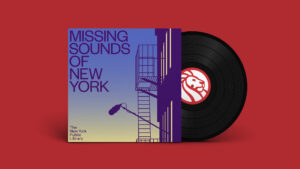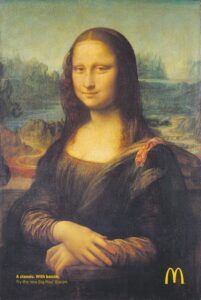Blog Post #3
Part 1:
- Is the purpose of the essay to educate, announce, entertain, or persuade?
In the prewriting chapter, the author’s main purpose is to educate their reader about how to write a good college level essay. It provides information about the processes and techniques involved in writing an academic essay which is appropriate to their audience.
- Who might be interested in the topic of the essay?
The topic of this essay will be of interest to students trying to write a college level essay and any writer who wants to improve their writing skills.
- Who would be impacted by the essay or the information within it?
The students or individuals who are looking to learn how to write an academic essay will be impacted by the information provided within it.
- What does the reader know about this topic?
The reader knows that prewriting requires essential steps in any essay writing. He points out that it involves free writing, researching, and to know the audience and purpose of the essay. Once we have gathered all the information, we have to plan the structure of the essay based on our audience and purpose. When we are planning to organize our essay, we should know how we want to present our idea. It can be done in chronological, spatial or prioritized order. Knowing the audience and purpose also helps us to plan the tone of the language. Lastly, the information gathered helps us to generate an outline which includes Introduction, thesis statement and body paragraphs to prove our thesis and finally a conclusion that sums up your thesis statement.
- What does the reader need to know in order to understand the essay’s points?
The reader needs to have a background information about what the essay is about, so they can better interpret the main idea of this essay.
- What kind of hook is necessary to engage the readers and their interest?
A hook that can evoke a reader’s interest and capture their attention is necessary to engage the readers. A hook can be an expert’s or an inspirational figure’s quote on the essay topic, a striking mental image, statistical evidence, raising questions, including personal anecdotes or a good explanation of the essay.
- What level of language is required?
An appropriate language adhering to the conventions of academia and standard American English should be used so that readers can understand it. Words that are too subject-specific may make the writing difficult to grasp for readers unfamiliar with the topic.
- What is an appropriate tone for the topic? A humorous tone that is suitable for an autobiographical, narrative essay may not work for a more serious, persuasive essay.
Yes, I think a humorous tone will be more enjoyable for the readers to grasp intellectual information.
Part 2:
Write a draft of your opening paragraph based on Chapter 3.2 Opening Paragraphs from the English Composition: Connect, Collaborate, Communicate
The reading on opening paragraph teaches us how to write an introduction to an essay, and moreover how to formulate a strong thesis statement. An introduction is the beginning of the essay where the reader will be introduced to the general idea of the essay. It has the potential to set reader’s interest. We will be able to capture a reader’s interest if we are successful in beginning our introduction with an attention getter that will hook the reader. We have to make sure that it is related to the main idea. We can garner our reader’s interest if we can include a quote by an expert or an inspirational individual, some striking statistical information, raise questions regarding our topic, putting forward our rationale on the topic, or some personal anecdote. If these are done successfully, our paper will have the ability to intrigue a reader’s mind and they would want to read our essay. We also have to make sure that we use transition words that will connect our ideas throughout the paper. This will ensure the fluidity of our essay. The readers will be directed to our idea smoothly.
The most important thing in an introduction is to state your thesis statement which should be backed up by our discussions in the body paragraphs. A thesis statement is the main point of our essay. It is the writer’s view on the topic. It should be specific, strong and confident. It is normally one long sentence that should be mentioned at the end of the introduction. If the introduction is well organized, the reader can predict what our paper is going to be about.
A strong thesis statement should be specific, precise, arguable, able to provide examples, forceful and should display confidence in our argument. It becomes specific when we narrow down a broad subject where it comes down to a specific view. For example, climate change is a broad subject, but we can scrutinize the topic and talk about how carbon dioxide emission from automobiles and factories are impacting global warming as evidenced by increased glacial melting, increased atmospheric temperature, and raised sea level. Such thesis statement is more specific. Similarly, it is also precise to its idea when we particularly bring up global warming, increased carbon dioxide emission and melting of the glaciers. Moreover, our readers are provided with a space where they can argue. They can argue with their information about global warming and climate change. Likewise, we can claim that thesis with research studies, comparing carbon dioxide emissions within a time period, and etc. We can also provide valid examples from credible sources. The tone should be bold and decisive. The reader should have an impression that we believe in what we are saying. It will also help us ensure a confident attitude in our writing. However, in college essays, we should avoid writing “should” in a thesis because it can sound authoritarian and condescending.
An example of a thesis statement: The carbon dioxide emission from automobiles and factories are impacting global warming with increased glacial melting, raised atmospheric temperature, and higher sea level.




